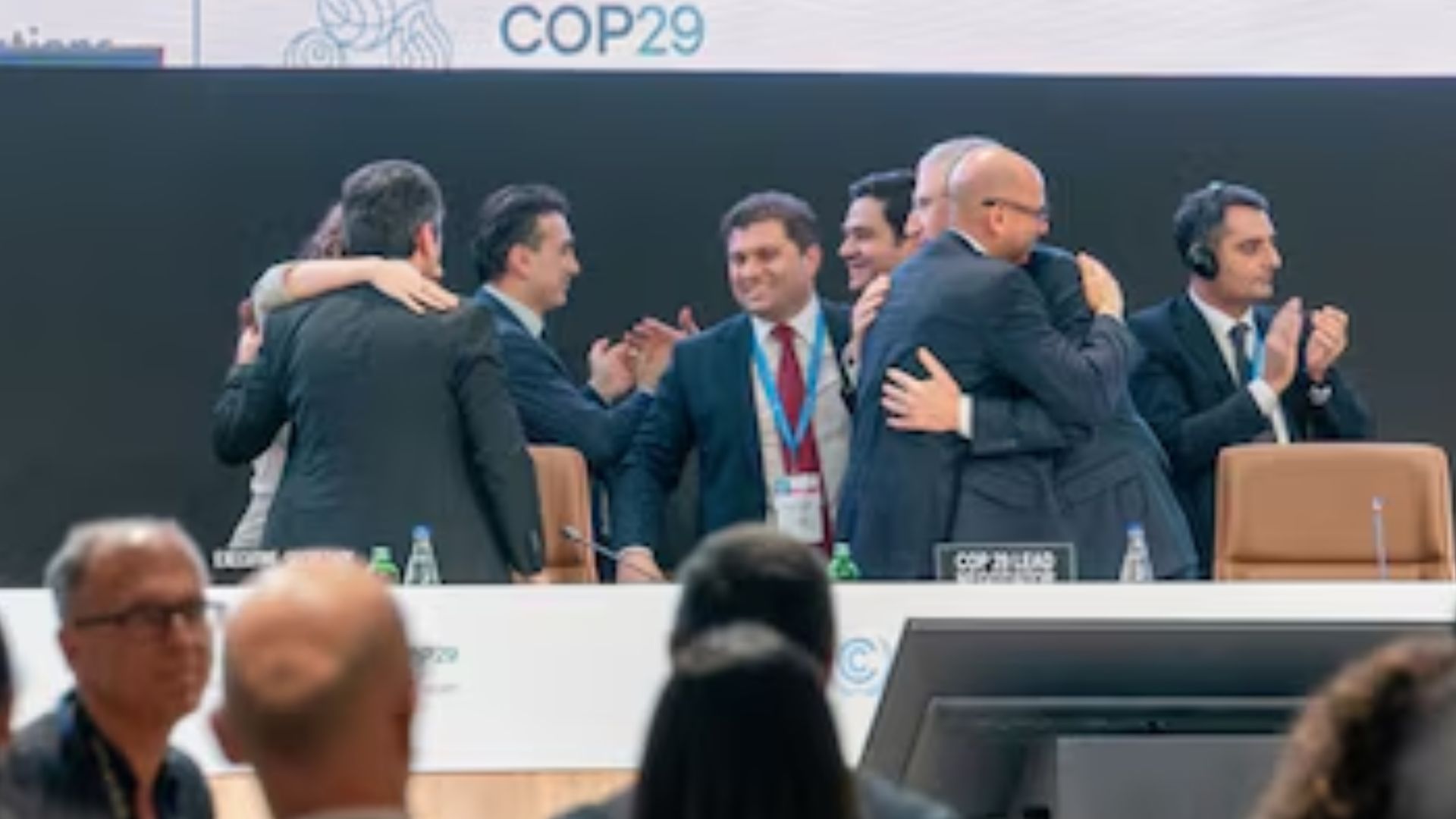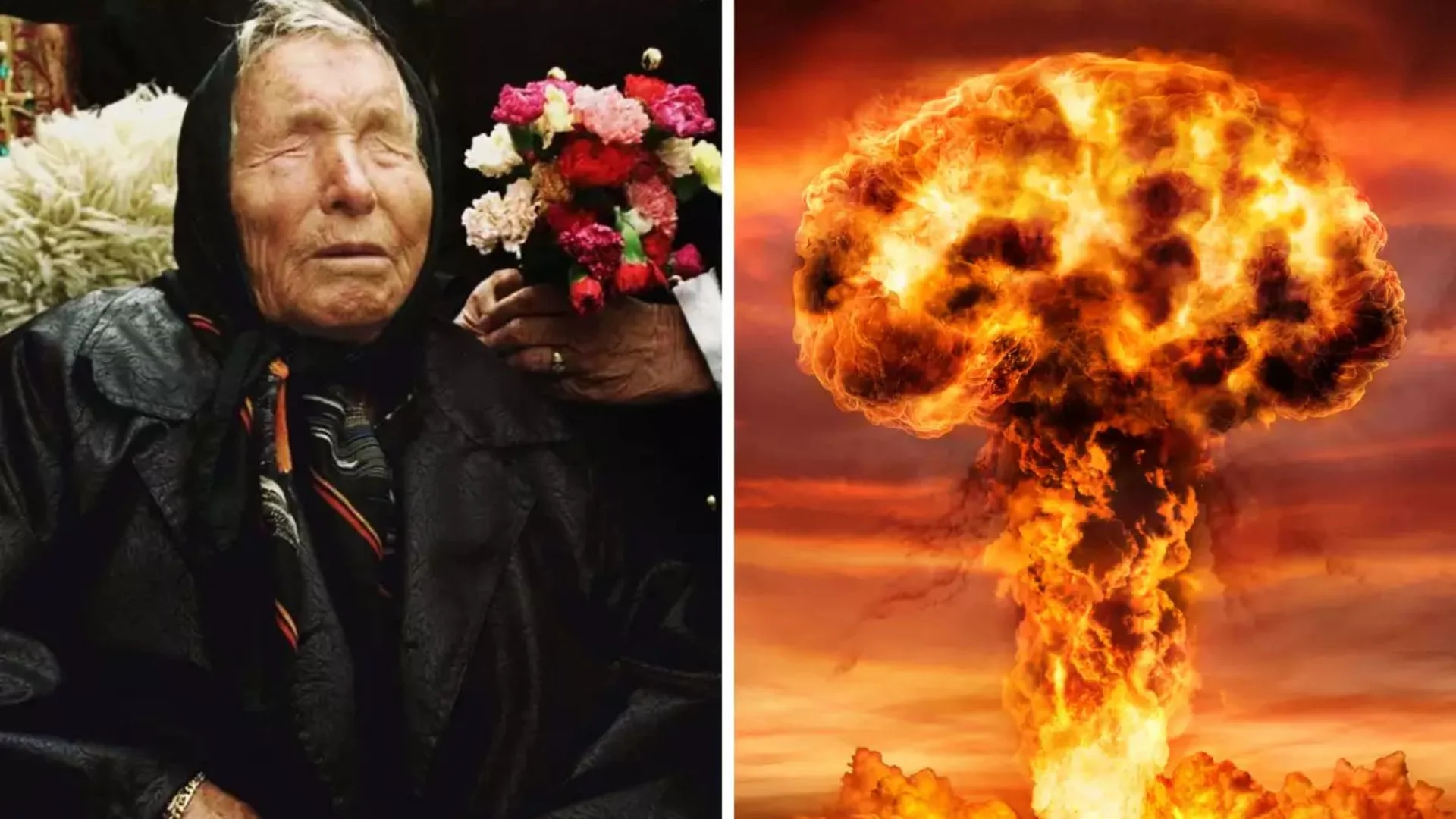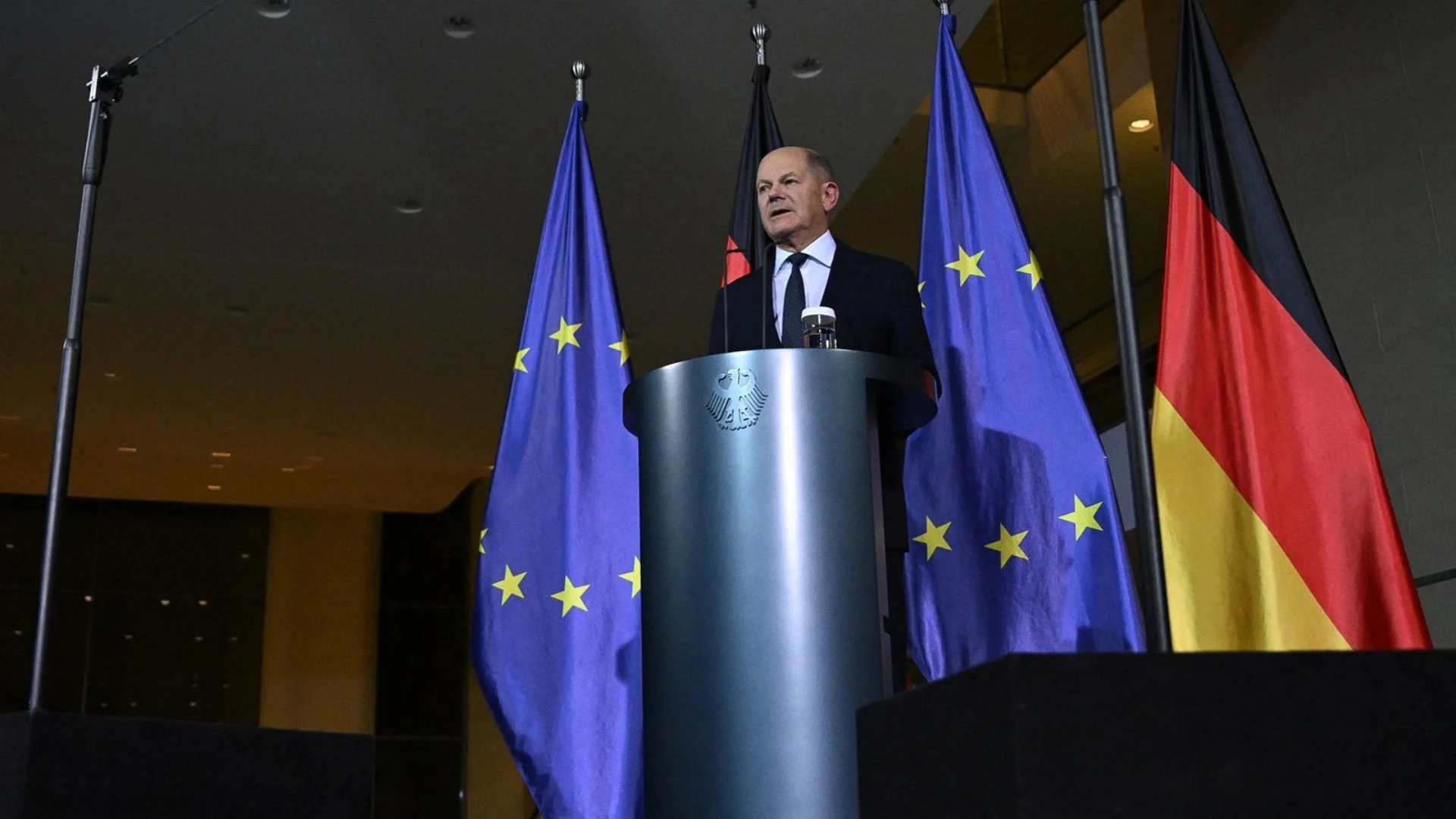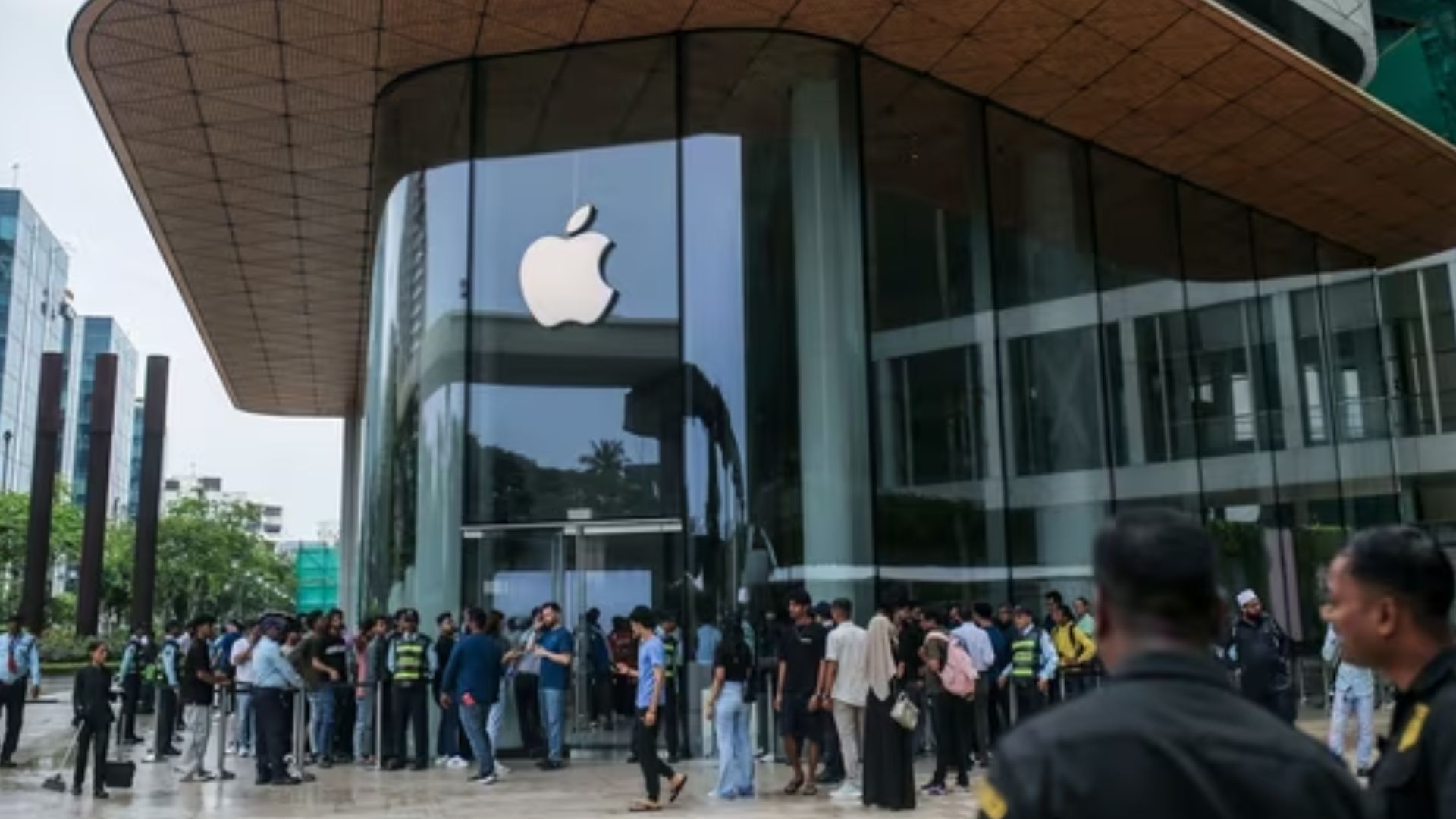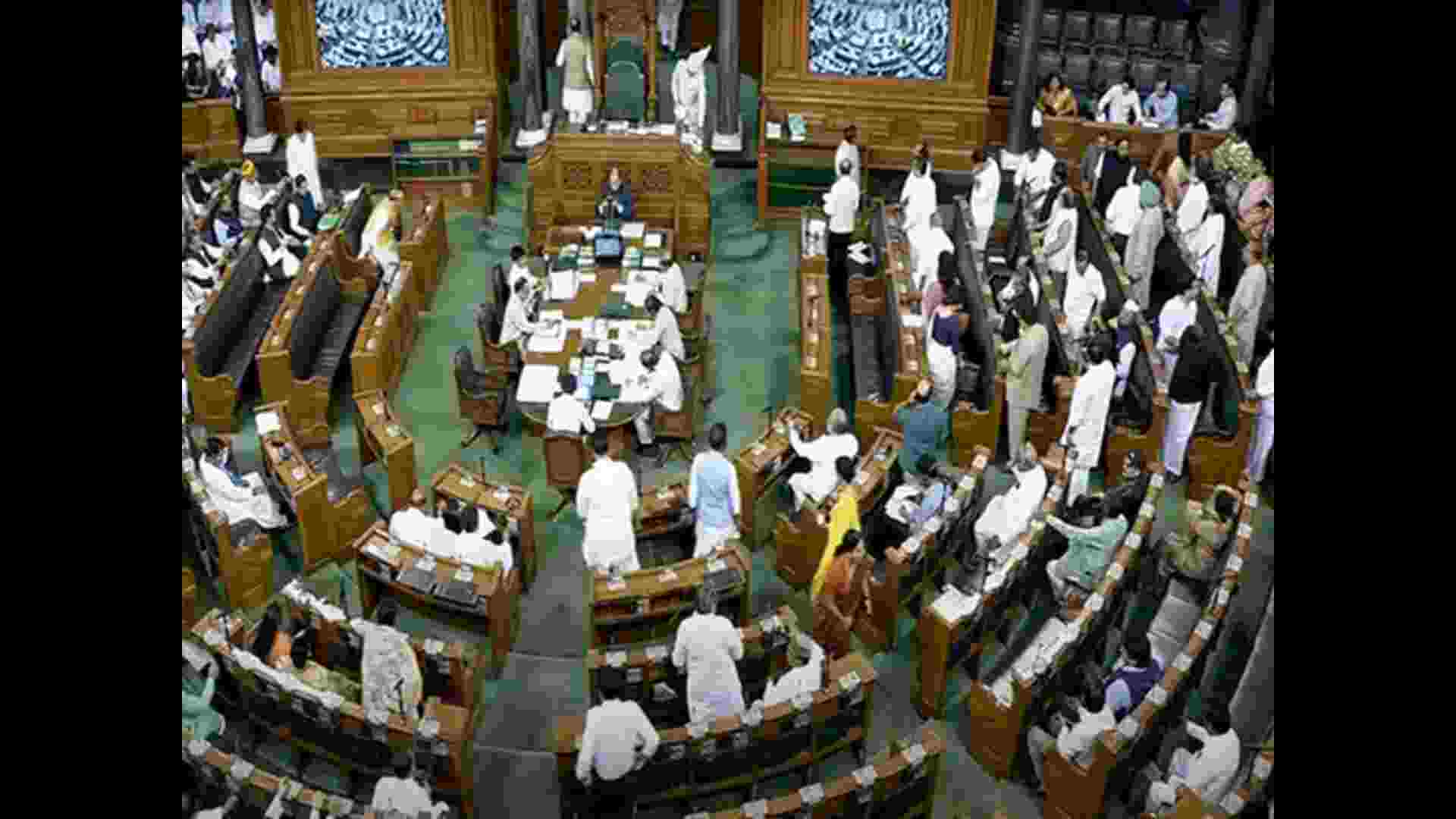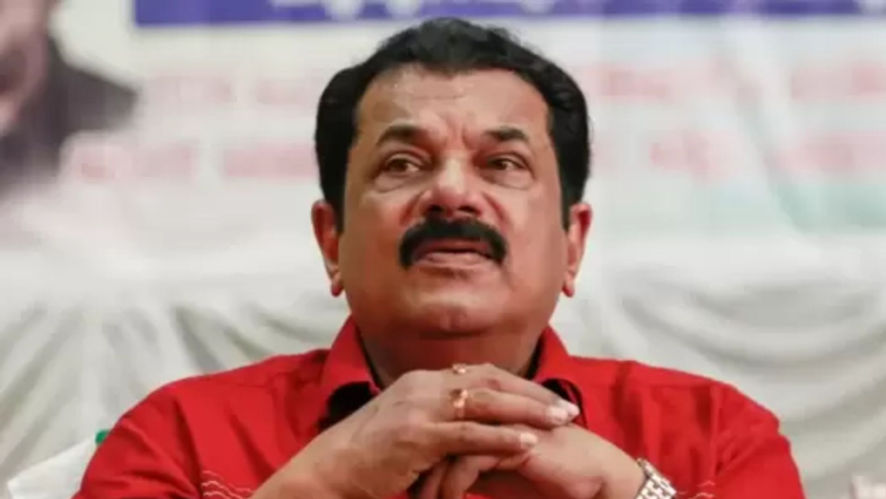
‘Single doesn’t always mean lonely and relationship doesn’t always mean happy”, is a common statement one gets to see on social media these days. Marriage, a traditionally acclaimed, so called, lifelong partnership seems to be in jeopardy today. The present–day adult in India is in two minds. On one hand there is distrust in marriage as an institution and on the other it is a lot about privacy and freedom. Is there a need to view this complex phenomenon from a different perspective or at different levels. Individualistic preference, embedded with familial and social interlocks definitely has much to do with the attitudes, the ones that are based on a variety of experiences. It is not just about the upbringing one receives from her/ his family, rather it has a lot to do with what one sees in the media, and what one hears from the peers. As much as the younger generation rates the older ones as ‘opinionated’, vice-versa is not untrue either. Attitudes alone are not at fault, many other factors also play a significant role. These vary from the choice of kind of marriage, love or arranged; the timing of marriage, early or late; choosing a kind of spouse, working or home-maker; and finally the compatibility aspect which gets explored well-before, either through live-in or constant companionship, which was a rare possibility for earlier generations. What gets added to this is, the emerging lifestyle, differing perceptions of personal freedom, and economic constraints.
The adolescents and youths live in the world where they prefer to take their own decisions, and in order to do that, they experiment more, make choices, undertake risks and learn by their own experiences rather than by those of others. Off late we are witnessing an extreme scenario, wherein young people are either wanting a late marriage or no marriage at all, just as couples are wanting fewer children or no children at all. Easier said than done, these are not simple decisions, these are often accompanied by confusion and despair. The country is also journeying from a stage where it was a sin for an unmarried man and woman to inhabit a house to times where live-in-relationships are considered a better option than a divorced life. There are very many trends that tell us much about what all precedes the nuptial knots. For example, young Indian couples are now meeting online first and spending more time getting to know each other before getting married. One of the other most common practice we witness is women being assertive about the kind of life partner they are looking for, as they are now staying longer in education and are also having more control over their own lives. A qualified doctor, preparing for her MD entrance, is sure to get married after she sets herself up, but is clear about the fact that it will not be any time before the age of 30. At the same time, she expresses that two of her batch-mates are not looking forward to marriage at all, and the reason is simple, they don’t see much value in it, and the aversion has a lot to do with the unhappiness they have already felt in the lives of their own parents.
Another young man, aged 28 and a popular singer at one of the pubs in Delhi feels that marriage is no good, and looks at being with a bunch of his friends all his life. A young woman, aged 25 reflects the tradition her family follows, of consulting an astrologer to ensure the compatibility of the prospective marital partner they are considering for her. However, she is clear that she is not going to give into it and may consider someone who gets along with her, and is completely aware that she will not be able to sell this idea to her parents and so does not interfere in what they are busy with. Many youngsters are accepting the arranged marriage, but it is no more the arranged arrangement, because after a preliminary selection by the parents, the would-be couple meet, start talking over the phone, at times are head over heels and at times they break-up like a real girlfriend boyfriend departure, with much heartache. Then the hunt for the next one begins. There are many who choose their spouse, inform the parents, wait for some time if the parents are agreeing to organise the marriage ceremony, if not, they do not bother. Neither do they consult an astrologer or discuss with anyone around, they also refrain from discussing about the dowry or any other traditional practice, including the religious rituals of marriage, as they end up directly registering themselves in the court. Of all the reasons, the commonest one for aversion to marriage as stated by most of the youths is the frustration of not finding a suitable partner. Many who prefer a love marriage and are waiting to choose someone end up losing out on time to such an extent that they get age-barred and are no more considered worthwhile in the marriage market because of having crossed the milestone of being 32 or 34 years old. It is indeed an irony that those who express their desire for a ‘love marriage’ are struggling the most. All in all, the attitude of prioritizing marriage as one of the essential requirements for leading a good and successful life has changed substantially in the last one decade. While the acceptability of singleness as a life-style in India is far from the kind of recognition it has in the western countries, it is nevertheless a soon to be phenomenon for us.
Dr Benazir Patil is a columnist and Chief Executive Officer , SCHOOL

